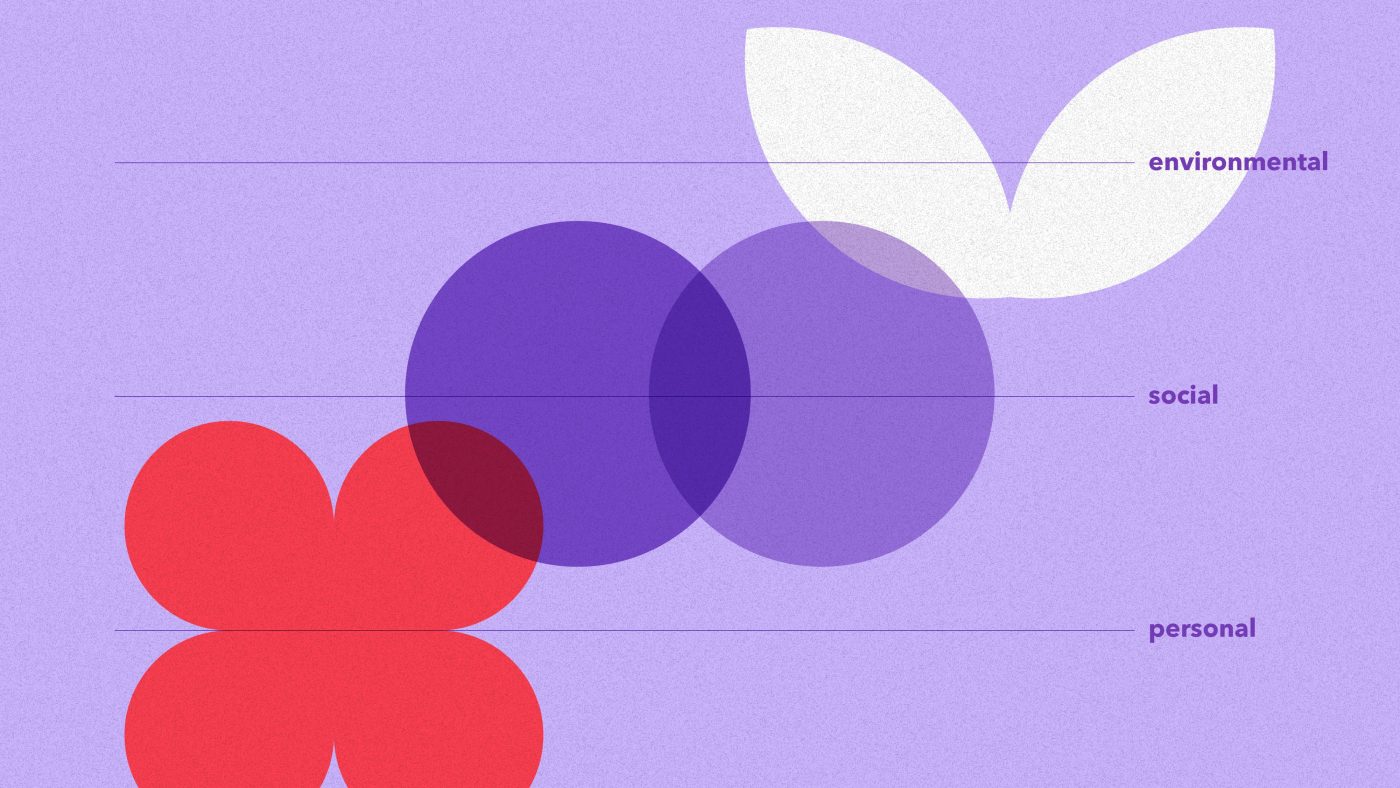Design for Behavior Change is a methodology focused on people, with the aim of encouraging change and developing solutions that help them adopt new behaviors for benefiting themselves and the planet.

The techniques generated by this methodology are being increasingly used to develop user experience in digital products and services such as, for example, Carbon footprint applications, apps that monitor the carbon footprint, allowing people to see how their daily actions impact the environment. It is a design approach that has great potential as an amplifier of environmental awareness and can be used to transform the user’s sustainable intention into sustainable attitudes. There is an extensive agglomeration of personal, social and environmental factors that influence behavior. Most of them can be attributed to three levels:
- Personal: beliefs, knowledge, attitudes, skills, genetics;
- Social: interaction with other people;
- Environmental: the area where individuals live, their workplace, offices, stores, etc., plus broader factors including economics (such as pricing).
Do you want to know more about design and positive impact?
Subscribe to Blimp, our monthly newsletter.
Design that encourages behavior change and contributes to the Circular Economy
Companies and brands with a sustainable purpose can play a leading role in these transformations, generating a product-as-a-service offer (product-service system) to meet user needs and generate value. It is also necessary to develop brand-users relationships, seeking to understand their motivations, consumption habits and information needs.
Below we list some examples of brands that take part in this movement:
- Pantys: a B-certified company for menstruation products, including menstrual panties, tampons, and other clinically tested solutions. The products are vegan, 100% carbon neutral and reusable.
- Já fui mandioca: “like the skin of a fruit” – startup of 100% compostable cassava biopackaging technology that turns into fertilizer in up to 90 days.
- B.O.B: born in 2019, a brand with the aim of acting against plastic pollution, offering bath products in bars with a low environmental impact and low water footprint.
- Desembala: cleaning products with plastic spray bottles that can be reused for a lifetime; the concentrated sachets completely dissolve in water.
Before having an idea for behavioral change, it is first necessary to fall in love with the problem, observing or interviewing individuals, trying to put yourself in their shoes. You will be surprised to note that a great deal of the thoughts and beliefs that each one holds are their own projected worldview, and not necessarily that of the target audience they wish to influence.
Lígia Dembinski, Design Manager & ESG Leader

